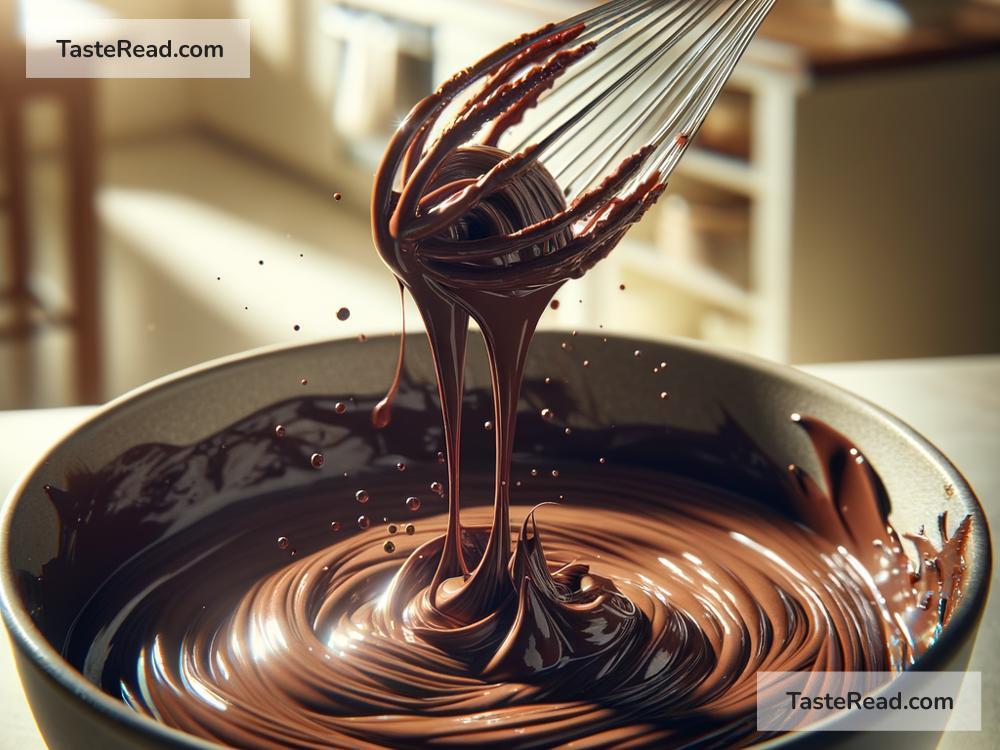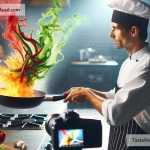Capturing the Magic of Movement in Food Photography: Stirring and Pouring
When it comes to taking unforgettable food photos, it’s not just about the final dish looking amazing on the plate. The real magic can often be found in the action – the pouring of a silky cream, the stirring of a vibrant sauce, or the drizzle of a luscious chocolate ganache. Capturing these moments can add life and movement to your images, making them more dynamic and engaging. But how do you freeze these actions in a photo, making them look as tantalizing as they do in real life? Here are some essential tips on how to capture the movement of stirring or pouring in food photography.
1. Set the Stage
Before diving into action shots, make sure your stage is set. This means considering the background, the surface under the food, and any other elements in the frame. You want these aspects to complement the focal point of your photo without distracting from it. For movement shots, a simple, non-distracting background usually works best, allowing the action to take center stage.
2. Get Your Lighting Right
Lighting is crucial in food photography, especially when you’re trying to capture movement. Natural light is often the most flattering for food, so try to set up near a window where you can take advantage of it. However, make sure the light is not too harsh as it can create unwanted shadows. Using a reflector can help soften the light. In scenarios where natural light isn’t sufficient, a well-placed artificial light can make a big difference. The key is to ensure the light illuminates the action, highlighting the textures and colors of the food.
3. Choose the Right Shutter Speed
Shutter speed is one of the most critical settings when capturing movement. A fast shutter speed freezes action, while a slower shutter speed creates a blur, showing motion. For stirring and pouring shots, you’ll generally want a fast shutter speed to capture every droplet and swirl in sharp detail, typically something between 1/250th to 1/1000th of a second. It’s a good idea to experiment with different speeds to see what best captures the look you’re going for.
4. Focus on the Action
When preparing to take your shot, try to anticipate where the action will be most visually appealing. If you’re pouring a liquid, focus on the point where it meets the container or food. If stirring, focus on the utensil or the food’s surface where the motion is most pronounced. Many cameras have an autofocus (AF) setting that can track moving subjects, but sometimes manual focus can give you more control, ensuring the action is crisp and clear.
5. Composition Matters
Even with movement, the composition of your photo should not be overlooked. The rule of thirds, leading lines, and framing can all be applied to action shots to make them more compelling. Think about how the movement leads the eye through the photo and try different angles to see which offers the most dynamic composition. Sometimes, an overhead shot can capture a stirring moment beautifully, while other times, a side angle might showcase the pour more dramatically.
6. Practice Makes Perfect
Capturing the perfect action shot often requires a bit of practice. Don’t be afraid to pour that syrup again or stir that pot one more time. Each attempt gives you a new opportunity to adjust your settings, try different compositions, and refine your technique. It’s also a great idea to take multiple shots in quick succession (burst mode) to increase your chances of nailing the perfect moment.
7. Editing Is Your Friend
After you’ve captured the action, editing can help enhance the photo. Tools like Lightroom or Photoshop allow you to adjust the brightness, contrast, and saturation, making the colors pop and the action stand out even more. You can also crop the photo to improve its composition or remove any distractions from the frame.
Conclusion
Capturing the movement of stirring or pouring in food photography can turn a good photo into a great one. It adds a sense of realism and dynamism that static shots can’t match. By setting the stage, getting the lighting right, choosing the appropriate shutter speed, focusing on the action, considering your composition, practicing, and not shying away from editing, you’ll be well on your way to taking breathtaking action shots. Remember, the best food photography tells a story, and nothing adds to a story quite like a dash of movement.


